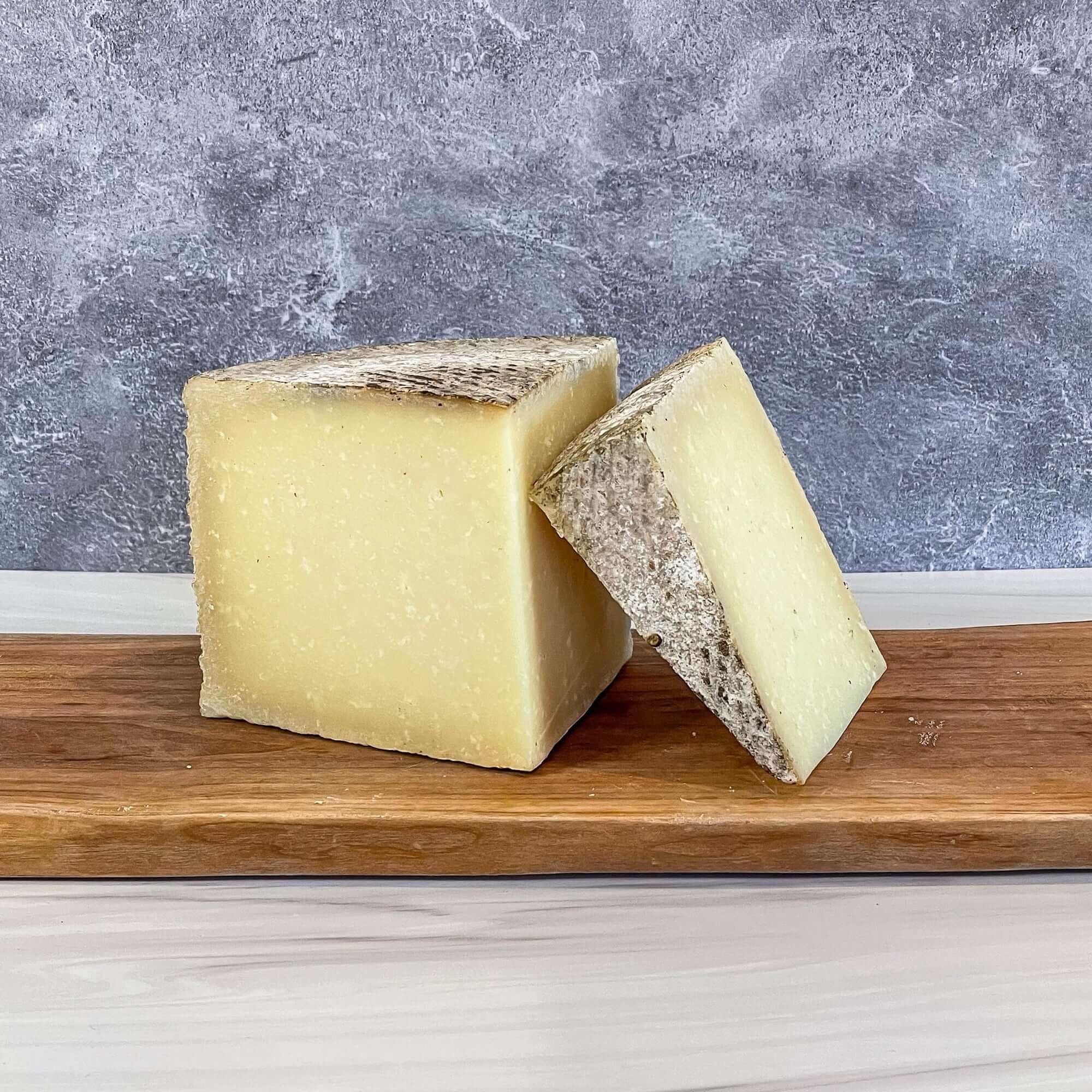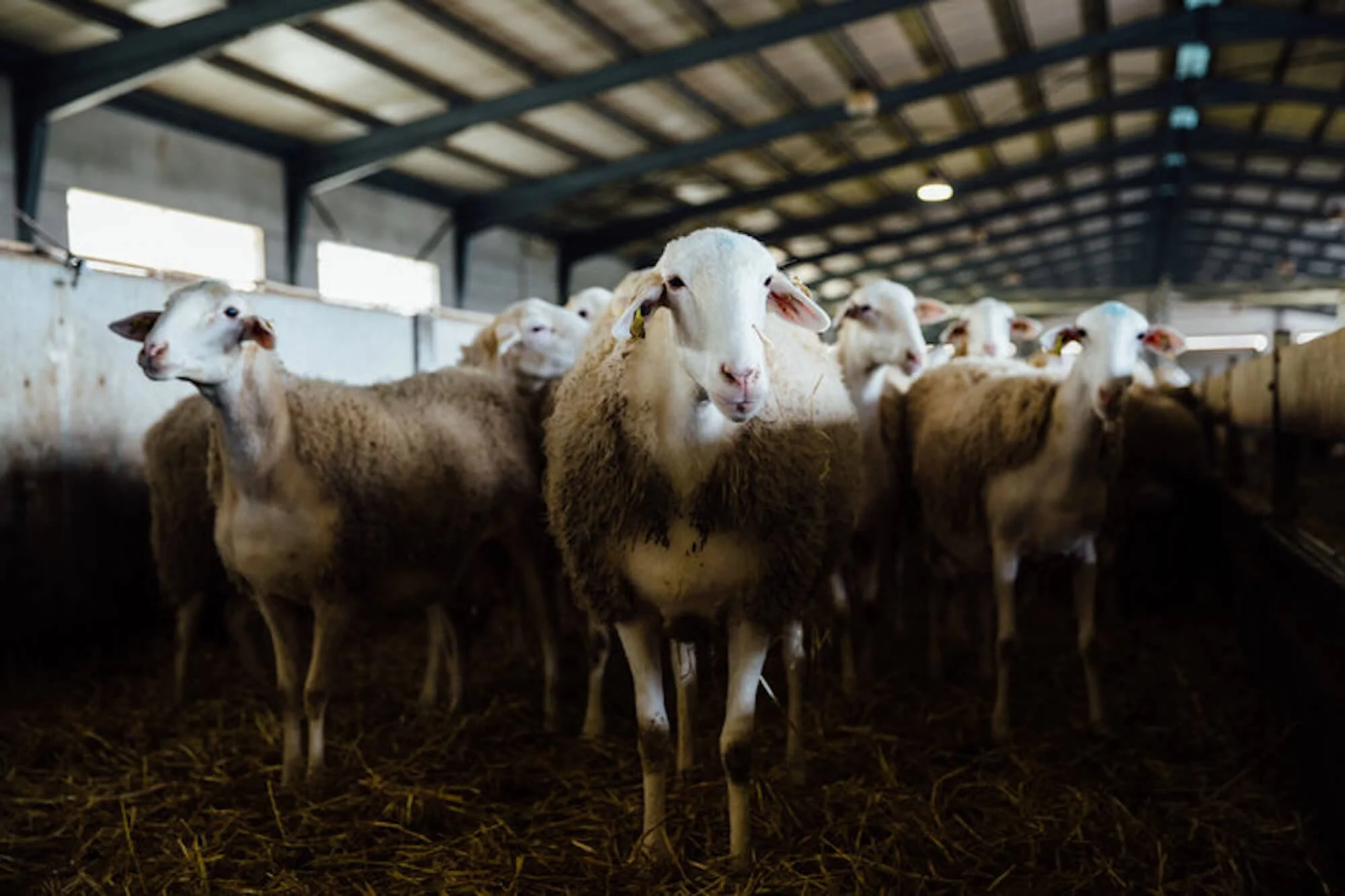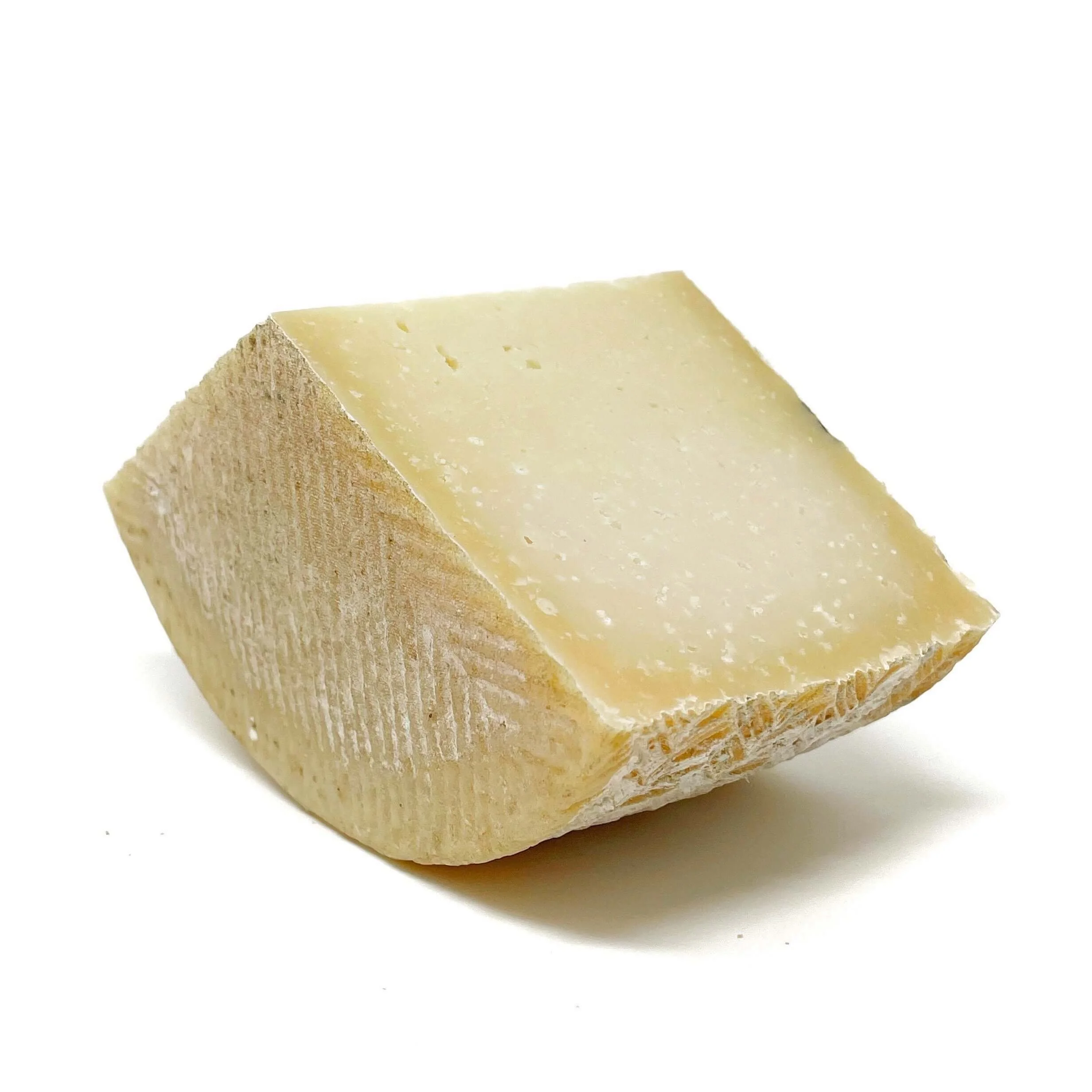Learn Why DOP Manchego 1605 is One of Spain's Best Cheeses
In our series of Cheese Profiles, we further examine those cheeses that have been called out as best sellers from places in our “Cheese Shops We Love” series. Next up, one of the highest expressions of its category: Manchego 1605.
Manchego is a trusty cheese if ever there was one. Capable of satisfying aficionados and cheese novices alike, it retains an air of “artisanal” even in its more mass-produced forms, with its telltale basketweave exterior and nutty, starchy paste. In point of fact, the late, brilliant Anne Saxelby singled it out as a “tried and true” choice in our story How to Buy Cheese Like a Pro. As one of Spain’s most important DOP cheeses, Manchego can be made by any number of outlets so long as they adhere to its strict formula, but perhaps none does so as traditionally or expertly as Queseria 1605, the cheesemaking operation at Finca Solera de la Solana. In our Cheese Shops We Love series, Emilio Mignucci of Philadelphia’s iconic Di Bruno Bros. highlights Manchego 1605 as one of their best-sellers. Here we dive into the details of what makes Manchego 1605 so special.
What is Manchego 1605?
Manchego 1605 is a traditional, aged, raw sheep’s milk cheese made in La Mancha, Spain by Queseria 1605 at Finca Solera de la Solana, by cheesemaker María José González-Román, and imported to the United States through a partnership with Essex St. Cheese and Queseria 1605’s Master Affineur, Jose Martin.
History of Manchego 1605
Manchego itself is an ancient style of cheese, with evidence of cheesemaking from sheep’s milk happening in La Mancha as early as the bronze age, up to 5000 years ago. (For further depth into the complete history of Manchego, see our article on Spanish Manchego 101.)
The history of Manchego 1605—so-named for the year that Don Quixote was first published—begins at farmstead Finca Solera de la Solana, a ranch that was established in 1878.
How Manchego 1605 is Made
Finca Solera de la Solana is one of only about 10 farmstead operations where DOP Manchego is made, meaning that the cheesemaking facility is on the same property as the sheep are raised. Raw sheep’s milk is collected on site, and the cheese is made 3 to 4 times a week depending on the season. Milk is warmed (but not to the point of Pasteurization) during the cheesemaking process, and natural rennet is added. Wheels are hand-formed quickly in order to achieve a cohesive knitting of the curd, and pressed into Manchego’s signature, cylindrical mold that gives it its basketweave exterior. In antiquity these would have been actual baskets. Unlike most commercial Manchego, Manchego 1605 is not treated with wax or oil, and a natural rind forms during the aging process of at least 6 months, unlike the more commonly artificially colored brown rind. Fun fact? Manchego lambs are born in the spring and listen to mariachi music until they go outdoors to graze when they are 3 weeks old.
Manchego 1605 Tasting Notes
“This is a true farmstead Manchego,” says Mignucci of Di Bruno Bros. “The cheesemaker is the farmer who grows great soil and grass, so the sheep eat well,” he says, resulting in a cheese with “welcoming earthy notes” and a “toasted crusty bread finish.” St. James Company calls out its note of “sweet wool,” and Antonelli’s describes it as “balancing mellow flavors of sweet almond with vague spice.” (“Almond” is a note that came up frequently among cheese shops that carry Manchego 1605, so it is worth noting that the ranch that raises the sheep that makes it also grows almonds.)
Manchego 1605 Pairings
You cannot go wrong with a traditional Spanish tapa spread that has Manchego 1605 as its centerpiece, with salty fried marcona almonds, jamon, and tangy manzanilla olives. Antonelli’s also suggests quicos: a crunch-bomb corn nut to play off of the cheese’s buttery texture.
For the best beverage pairings for Manchego 1605, keep it in Spain with a Spanish white or red, both of which reflect different aspects of the complex cheese. Ones to try include Adega de Pegões Colheita Selecionada White 2021 (NYIWC Double Gold Medal Winner, 2022) and Bodega Piquera Los Losares Monastrell 2019 (NYIWC Double Gold Medal Winner, 2022.)



